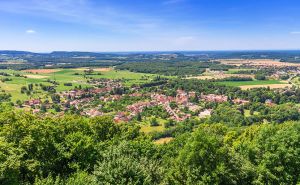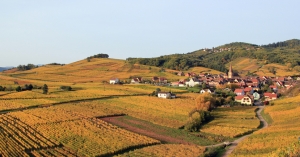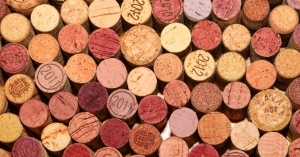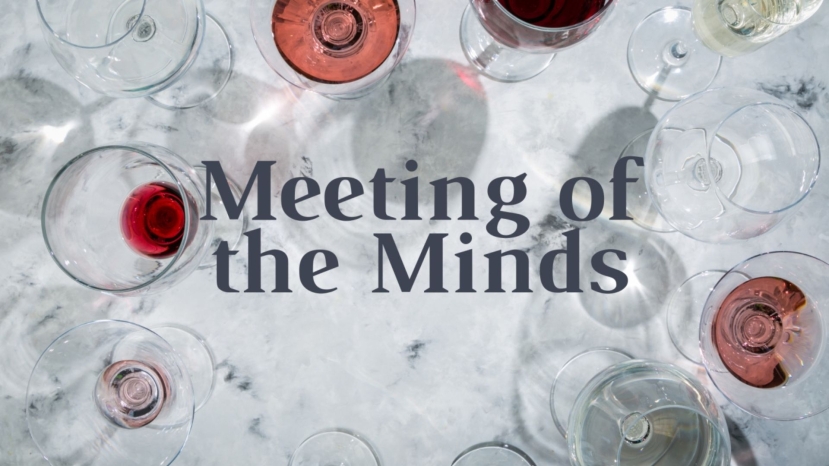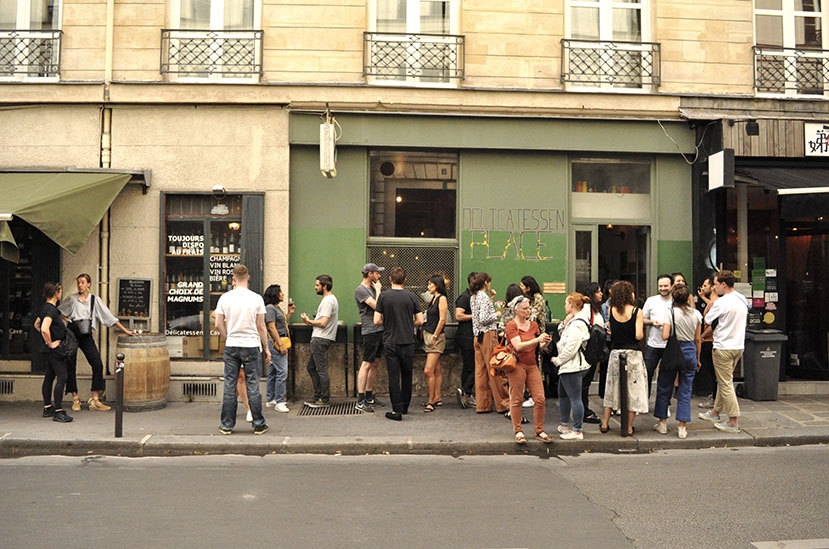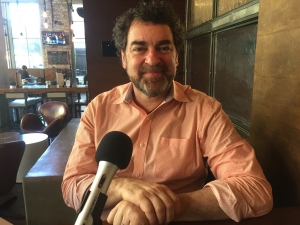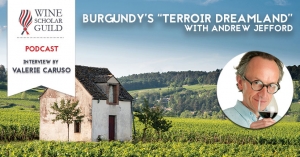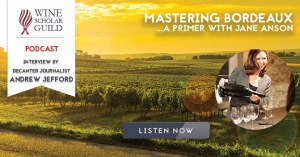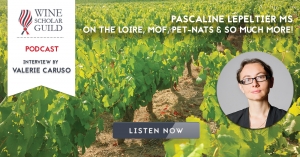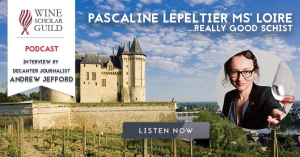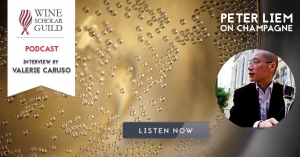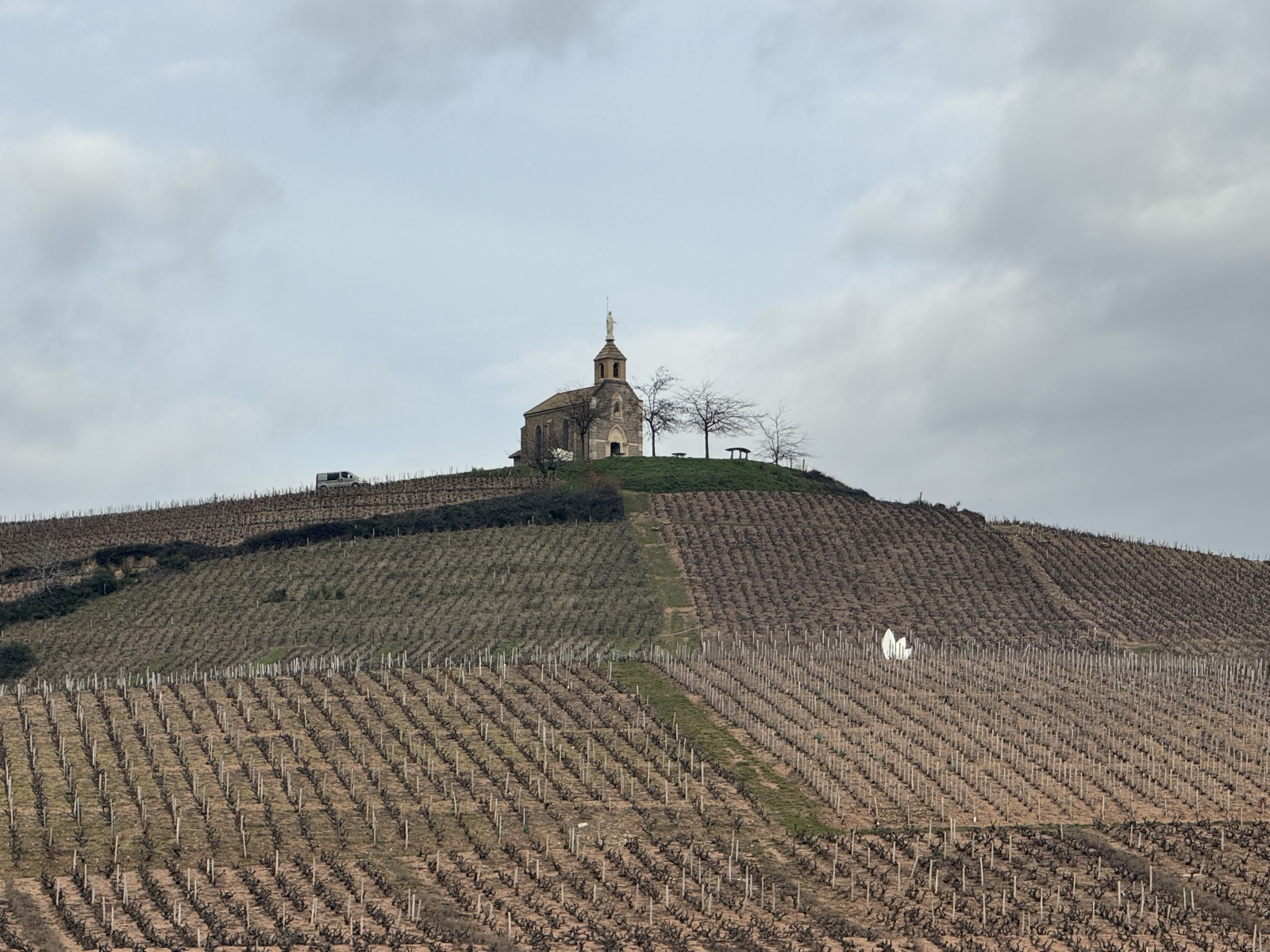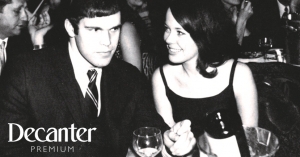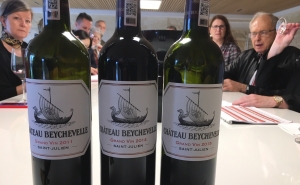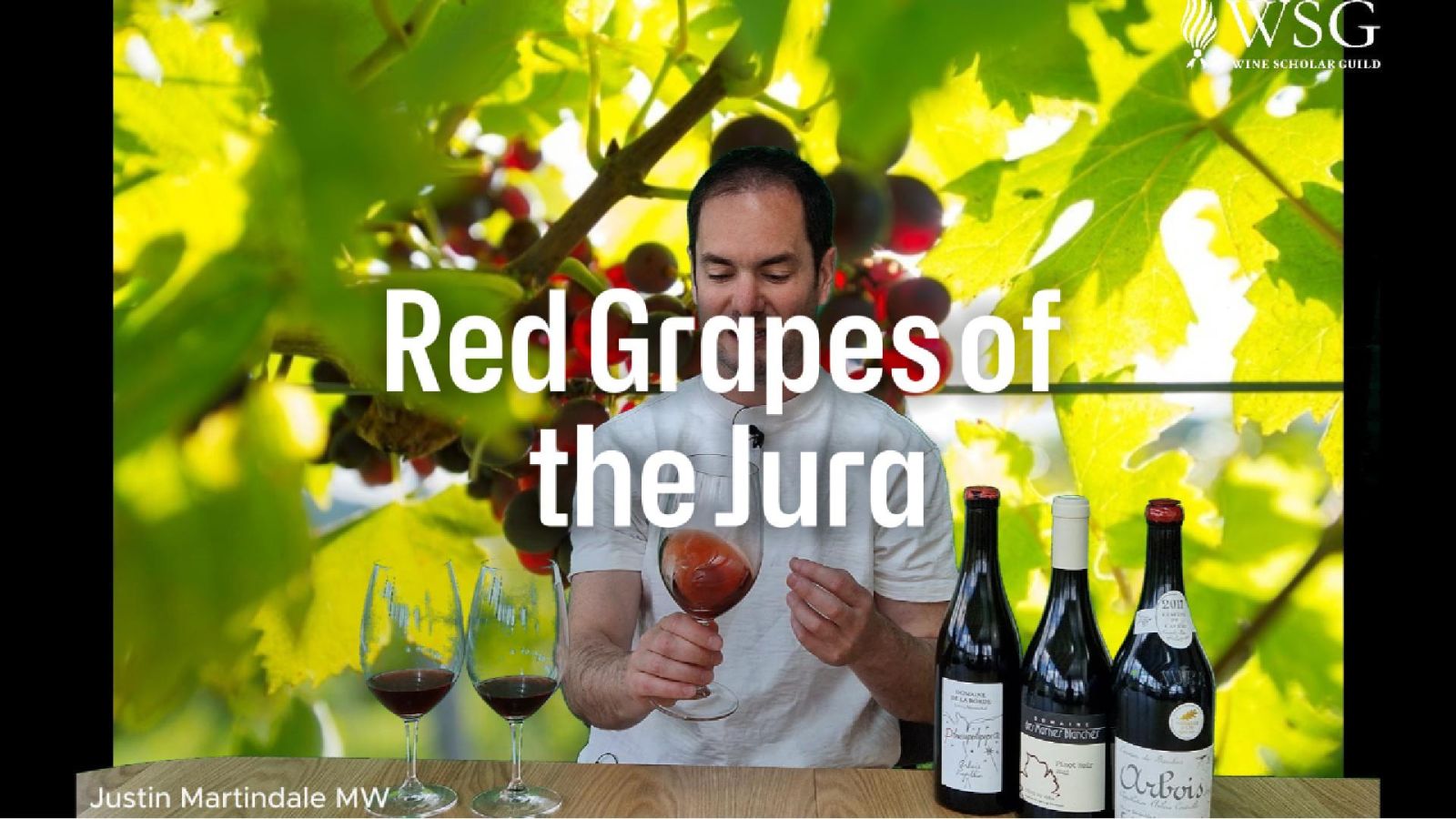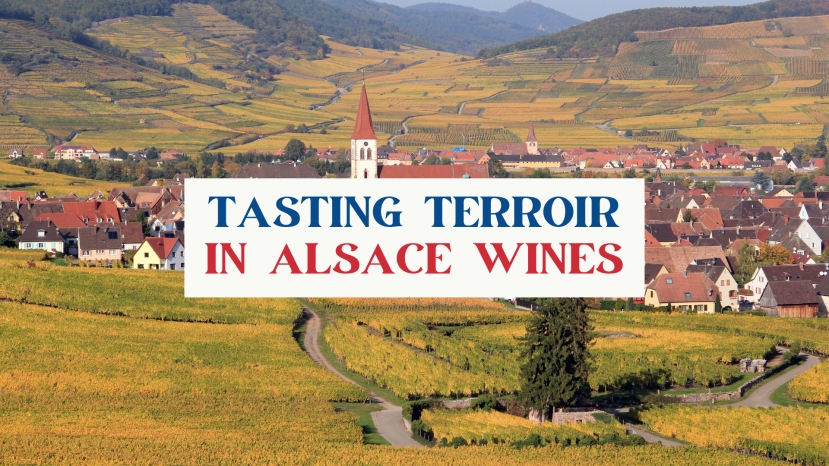BLOG
french wine
As everywhere, it is the nature of the geography that most influences the food and drink traditions of the Jura and Franche-Comté. The diverse landscape of mountains, dense forests, high meadows, vineyards, lakes and the river plain have all shaped what the local population ate and drank. Franche-Comté’s gastronomy has much in common with that of Switzerland’s western cantons, but there are subtle differences.
Most of the rural population in the mountains and on the plain lived from their dairy cows and pigs, so the principal specialities are the wonderfully rich cows’ milk cheeses from unpasteurized milk and tasty pork sausages and charcuterie. The sausages and meats are smoked by hanging in a tuyé, a very large pyramidal chimney over the fire, burning wood from conifers.
There’s no wine region I enjoy visiting more than Alsace.
It’s beautiful, of course – and not just the half-timbered houses around which a profusion of flowers seem to float, or the grand hillside vineyards romping up to the forested Vosges mountains, always somehow bigger and more imposing in scale than those of Burgundy. The growers are fascinating characters, too, as if their historical and geographical position, wedged between (and much fought-over by) France and Germany, has given them an independence of thought which eludes those with a more settled position in each wine culture.
Then there’s the wines. It’s commonplace to say that Alsace wines are underappreciated -- but it’s true. For me, no white wine region can offer more diversity and intrigue than Alsace, nor does any single regional range of white wines appeal more to my palate...
Every wine appellation in France has a cahier des charges, a set of regulations that delineates the production zone and specifies viticultural practices and production standards.
In many instances, a single cahier des charges references one zone of production and multiple wine styles within it (e.g. Lirac red, white, and rosé; Rasteau dry red, plus red, white and rosé Vins Doux Naturels). Some single cahiers also incorporate complementary geographic denominations or dénominations géographiques complémentaires (DGCs) such as Languedoc Montpeyroux or Bourgogne Hautes Côte de Nuits. Other times, very different wines can be grouped under one single cahier as is the case for Beaujolais, Beaujolais Supérieur, Beaujolais + Named Commune, and Beaujolais-Villages.
Summary:
The famous classifications of Bordeaux (discussed in our Meeting of the Minds webinar on June 22nd) are based on properties – privately owned land entities whose boundaries are subject to change. Of more significance to French wine as a whole, though, are the land classifications based on the notion of the cru or ‘growth’: an entity which rarely coincides, Bordeaux excepted, with private property boundaries and which thus might be considered a
The term natural wine conjures a plethora of reactions. To some it symbolizes a cultural movement towards honest winemaking, to others it is merely a fad for funky wines. The term is as vague as it is vast.
There are some who believe natural should refer only to zero-zero wines (wines that have no added sulfites and apply a minimalist winemaking approach). However, the term is more generally understood as an umbrella status which encompasses any wine made with an attention to the ecosystem and biodiversity, low intervention vinification, and an authentic representation of terroir.
WSG is proud be the first Educational Partner of The Old Vine Conference. Read more to find out how this dynamic non-profit organization is actively creating a global network of old-vine disciples while raising awareness through education.
The economic and social relevance of old vines is real, but the structure of the global wine industry stacks the odds against the regenerative commercial viability of old vines. The result is that healthy old vineyards of cultural resonance and unique qualitative potential are lost because they can’t be made to pay.
The Old Vine Conference is a non-profit organisation whose aim is to bring together a global network to create a new category for wine from heritage vineyards. The Old Vine Conference works to safeguard old vines of cultural and ecological value by connecting, educating and inspiring the global wine industry through conferences, research, partnerships, tastings and fieldtrips.
Pascaline Lepeltier is one of the world’s most respected and modern sommeliers and restaurateurs. Her list of accolades and professional achievements is endless. In 2018, she was the first woman ever to obtain the Meilleure Ouvrière de France in sommellerie (this is a very prestigious award that loosely translates to "best tradesperson of France") and the same year, she was named Best Sommelier of France. 2018 was action-packed for Pascaline as she also featured in popular wine-themed movie Somm 3.
Christophe Tassan is interviewed by Decanter Magazine’s Andrew Jefford about the Rhône Valley and its wines. “I was born in the dining room, in hospitality,” Christophe tells us, which seems appropriate, as this interview took place in a San Francisco restaurant around the corner from The Battery, where he is currently the wine director.
Decanter’s Andrew Jefford talks with us about Burgundy’s “Terroir Dreamland” or the Côte d’Or.
Mastering Bordeaux, a primer with Jane Anson and Andrew Jefford of Decanter Magazine.
Master Sommelier Pascaline Lepeltier is the first and only woman awarded both the Meilleur Ouvrier de France in the sommelier category, and the best sommelier in France. In this episode of the Wine Scholar Guild podcast she talks about the honor of winning MOF competition, Pét-Nats, wine making, blind tasting, the Loire, and much more. She also gives us a preview of the new Loire Master-Level course launching in Fall 2019.
Pascaline Lepeltier, MS, discusses the itinerary for the upcoming WSG Study Trip to her native Loire.
In this podcast interview with Decanter's Andrew Jefford, Pascaline discusses the Loire’s best and brightest…all of which happen to be estate visits on the upcoming five-day journey she'll be leading students on in October.
Peter Liem talks with us about the progressive movement in Champagne. As we’ll discover in this conversation, there’s more to the terroir story than the chalk soils and the weather.
On the surface, promoting Beaujolais’s best vineyards to premiers crus might appear entirely beneficial for the region. But the situation is more complex than it looks, says Beaujolais expert Natasha Hughes MW.
As part of a partnership between Wine Scholar Guild and Decanter, we are pleased to share with our readers this article pulled from Decanter Premium. Try Decanter Premium for 4 weeks for just $1! More information HERE
Robert Parker says a 100-point wine should be ‘as exceptional as a particular wine can be: a perfect blend of power, richness, texture, depth, length, balance, freshness, and of course a reflection of its vintage and terroir or origin’.
Here are Parker’s most memorable 100-point wines.
Assisting trip instructor Gerard Basset MW, MS, our Tour Manager Sarah Beck-Graham reports daily on the learnings and encounters on our 2017 Bordeaux wine study trip taking place October 1st through 6th 2017.
Sarah lives in Bordeaux and has 15 years of experience in the Bordeaux wine industry. She has been manager of a top Right Bank chateau and worked for several top Bordeaux wine merchants. She now guides wine tours in the region and handles logistics for wine-related events.
The Rhône is France’s second largest producer of AOC wines (after Bordeaux). Its viticultural history dates back to the Romans who sculpted its terraced topography and introduced the vine.
It is in the Rhône where east meets west. The granite and schist of the Massif Central (west) collide with the sedimentary soils of the Alps and its foothills (east)….So, how well do you know the Rhône?
Watch Here
You can find this video in our community space here
Summary
What comes to your mind when you think about Bordeaux? Is it carefully manicured fairytale Chateaux of the left bank? The 1855 classification? The First Growths? These prestigious wines garner much of the attention, but only
Where to Watch
You can watch this tasting video in our community space here
Summary
Poulsard, Pinot Noir and Trousseau make up the trio responsible for the best red wines of the Jura. One of those is probably familiar to you, but the other two are firmly off the beaten track!
Summary:
Alsace vineyards are one of the most renowned vineyard in the world, but difficult to define because of its geological complexity and numerous grape varieties. Through the grape variety, we will look at taste profiles that come from different soil types.
Presenter: Romain Iltis MOF
Romain Iltis is a French sommelier from Alsace who has won multiple awards including Best Sommelier of France 2012, Master of Port 2008 and "Meilleur Ouvrier de France", a

